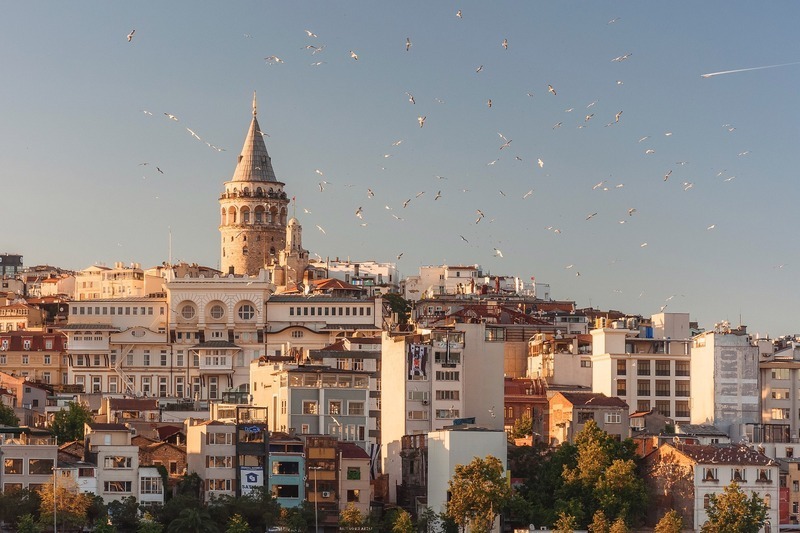
Under the ruins of an early Christian church in Istanbul, formerly the famed capital of the Byzantine Empire, archaeologists have made an incredible discovery. The excavation has uncovered a complex network of underground chambers and a tunnel that date to almost 1,500 years ago, shedding new light on the city's early Christian history.
These hidden structures' function is still a mystery. The vast Church of St. Polyeuctus complex, which proudly stood during a time when Christianity ruled as the empire's official religion, is still thought to have included them, according to researchers.
Historic Underground Rooms and Tunnel Discovered in the Ancient Heart of Istanbul
According to the article in Live Science, two large chambers are joined by a tunnel in the underground network. The church prosthesis, a room next to the altar used to prepare the bread and wine for the Divine Liturgy and still used in Eastern Orthodox churches today, seems to be where they were connected. The excavating team claims that these underground rooms are decorated with artifacts from their illustrious past, such as pieces of mosaic, stone inlays, and elaborately carved marble blocks.
The first indication of these rooms was discovered in the 1960s while building a road. Mahir Polat, the deputy general secretary of the Istanbul Metropolitan Municipality (IBB), acknowledged that they were rapidly covered in order to preserve their integrity, with entrances being backfilled.
The central Istanbul neighborhood of Saraçhane, which was once a hive of activity, had fallen into disrepair. The IBB launched a restoration program last year to revitalize the region, hoping to turn these huge remains into a bustling tourist destination.
These tunnel and underground apartments were once again excavated in March, rekindling interest in the city's early Christian history. According to Polat, preparations are being made to make the region accessible to the general public, offering a singular glimpse into the city's rich historical tapestry. These new archaeological discoveries have the potential to shed light on Byzantine-era Constantinople and revitalize Istanbul's reputation as a historical city with deep Christian roots.
In the article shared in MSN, it states that before Hagia Sophia was finished in 537, the Church of St. Polyeuctus, which was constructed between A.D. 524-527 under Justinian's rule, was one of Constantinople's largest churches. It was known for its elaborate decorations and possibly early dome design. It was abandoned following an earthquake in the 11th century, and the Crusaders' 1204 siege of the city completely destroyed it. Only ruins are visible now.
Also Read: Archeologists Discover Ancient Tablet on Mount Ebal, Predating Earliest Known Hebrew Inscriptions
Saraçhane Archaeological Park Set to Reveal Istanbul's Time-Tested Architectural Marvels
According to another source, The Daily Sabah, Polat noted the significance of the Byzantine-era structures' survival through 1,500 years of seismic activity that has frequently plagued Istanbul while highlighting their enduring strength. He says that lessons must be learned from this because the structure that is seen right now has managed to withstand all earthquakes. Istanbul, which is currently battling with earthquakes, has suffered dozens of earthquakes over the past 1,500 years. The soon-to-be-open Saraçhane Archaeological Park promises to provide visitors with an engaging historical experience in just one month.
Polat proposed that Istanbul's Fatih district, where the archaeological park is located, offers a compelling example of the city's seismic history despite the fact that St. Polyeuktos's main building was destroyed: it serves as a tangible representation of the city's "earthquake memory." The Saraçhane Archaeological Park, whose opening is rapidly nearing, is slated to provide a fascinating examination of Istanbul's historical architectural skill and resiliency by educating the public about its earthquake-resistant building techniques dating back to the Byzantine Empire.
Related Article: Archeologists Unearth Galilean Synagogue From Jesus' Time On Earth



















